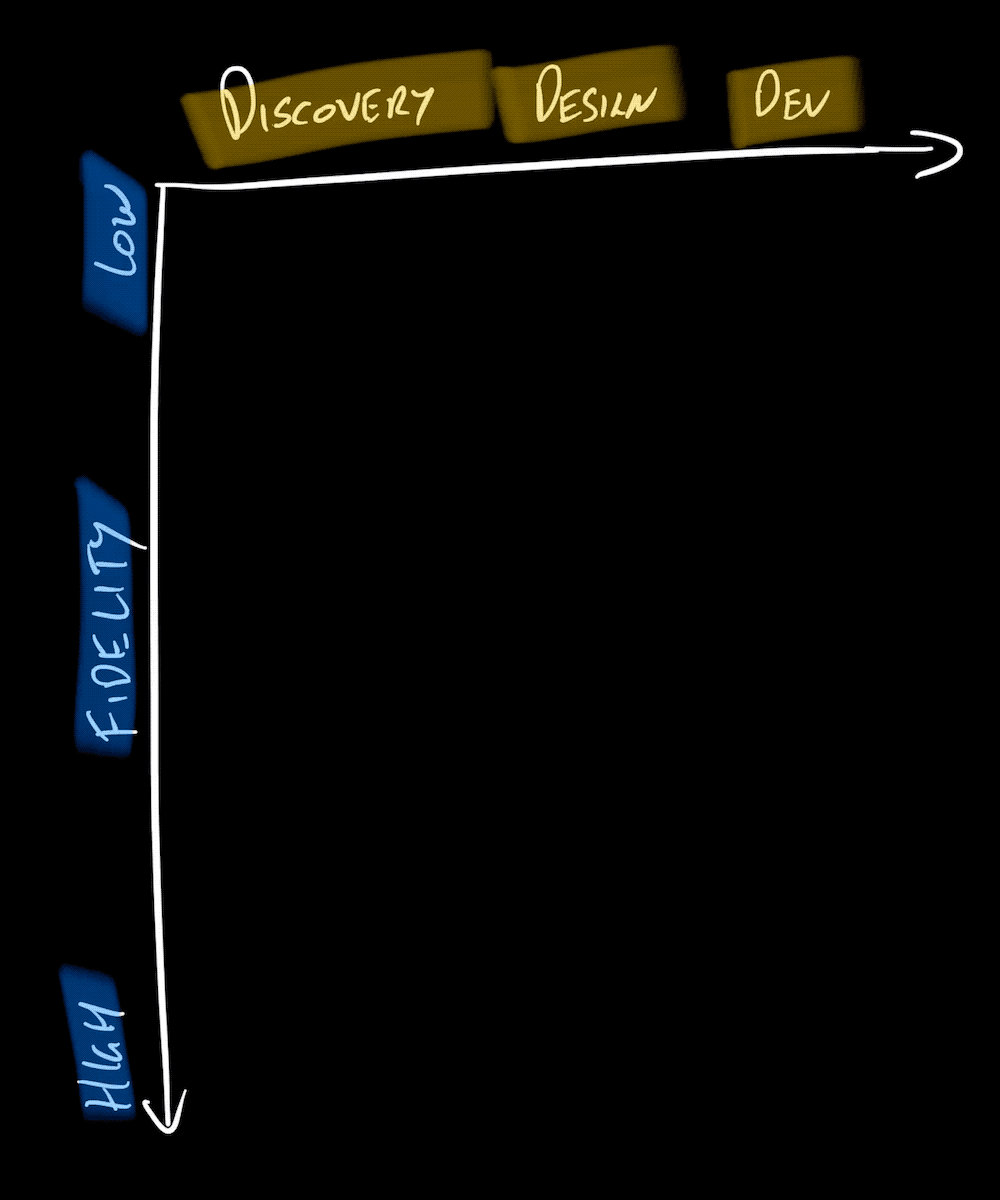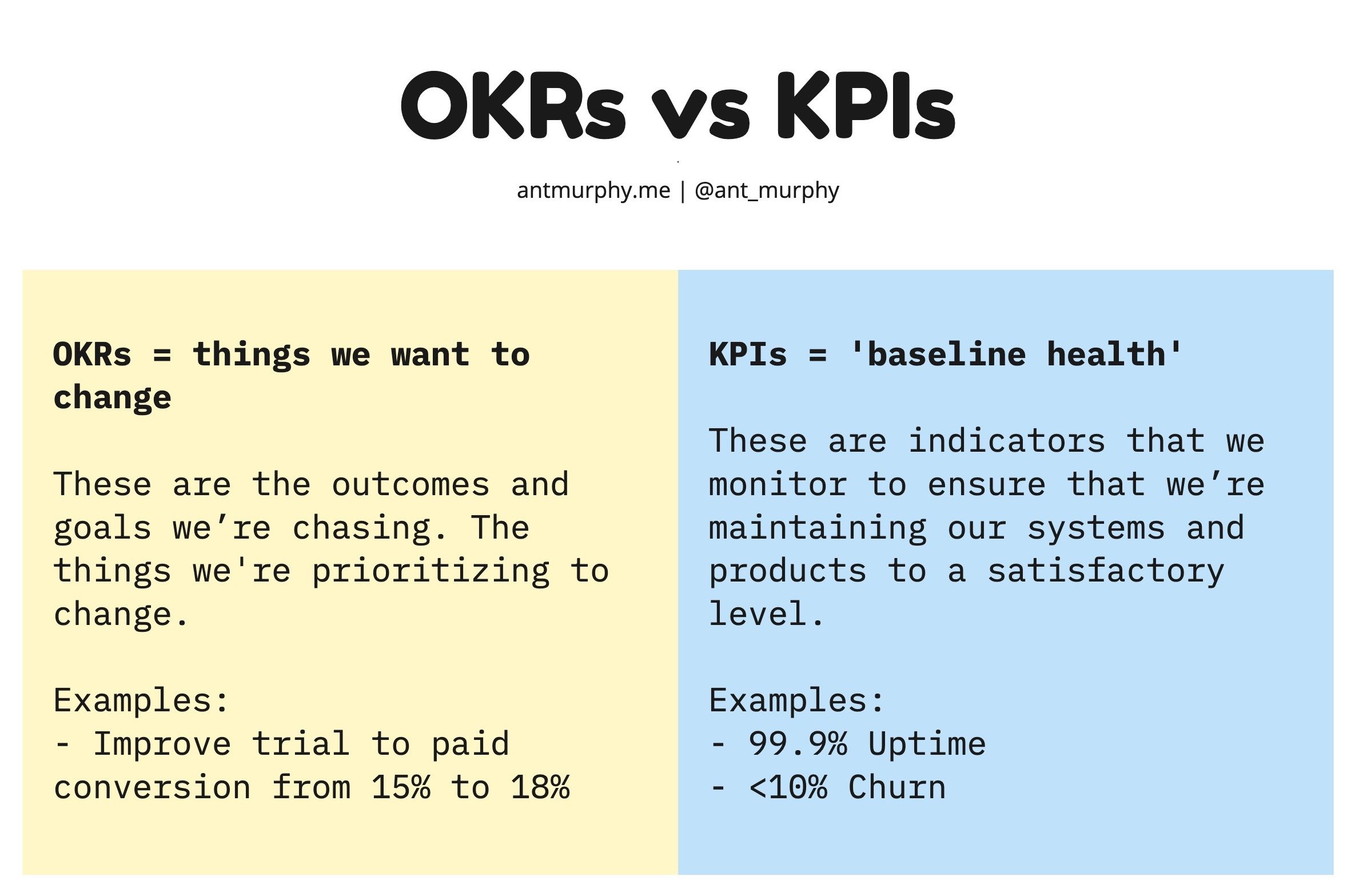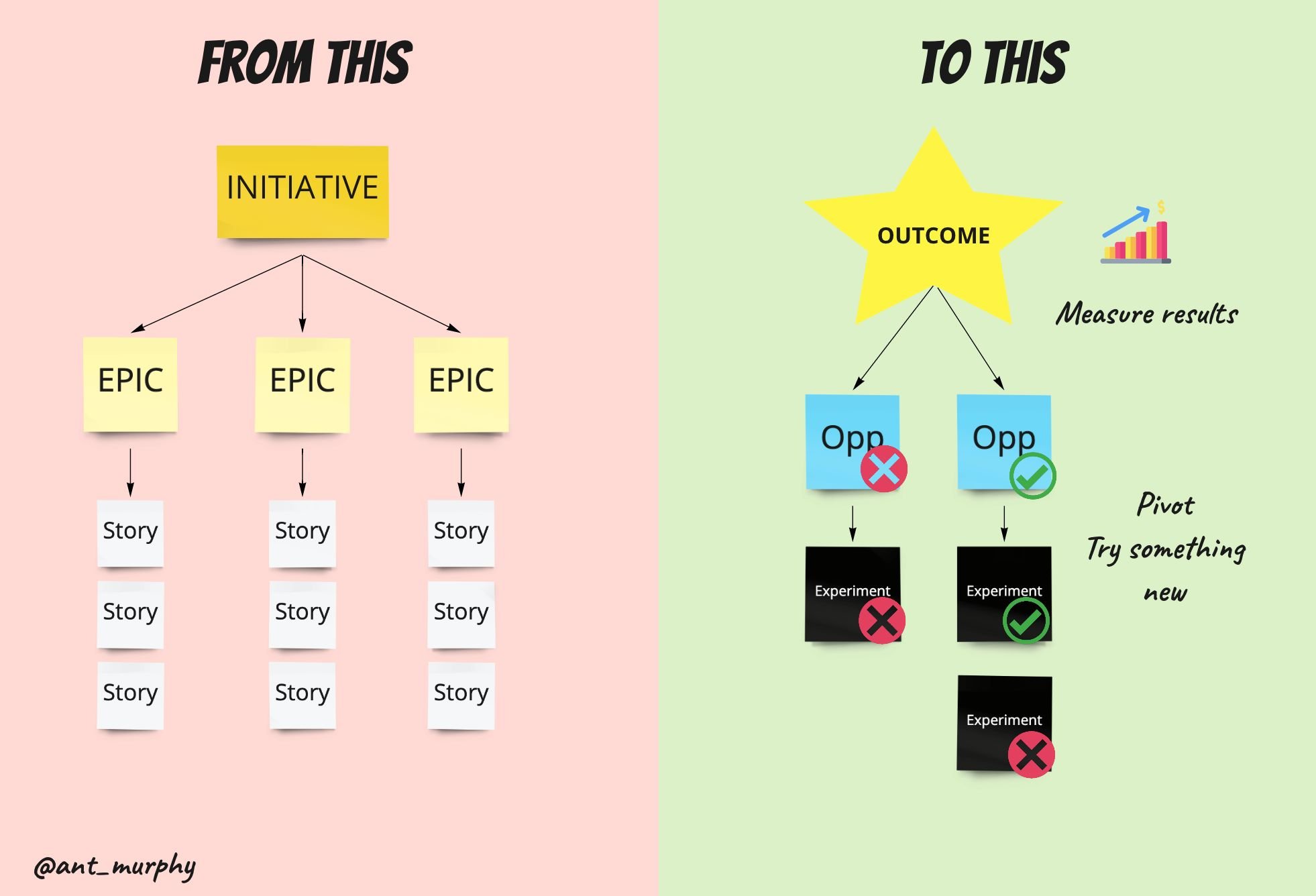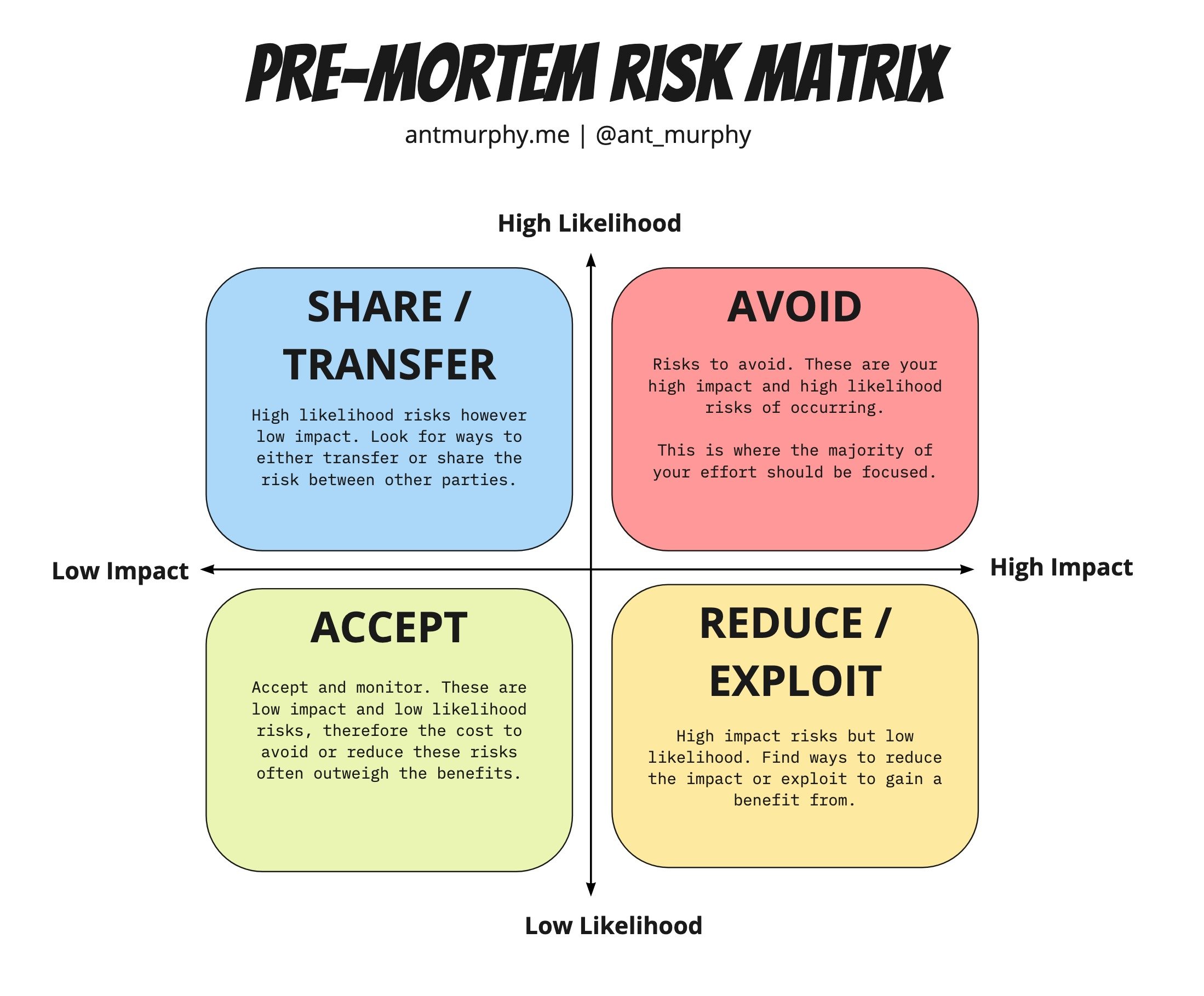Helping founders and product people grow their business and craft.
Subscribe to ‘The PBL Newsletter’ for regular posts on Product, Business and Leadership.
Read previous posts of ‘The PBL Newsletter’
The Adjacent Growth Strategy
Expansion can really come from only 1 of 4 places: 1)Growing your existing product in your current market. 2) Expanding your current product into new markets. 3) Creating new products for your current market, and 4) Creating new products for a new market
‘Niching’ Down
We’ve all heard the saying, “if you try to please everyone, you please no one.” This is especially true for startups and new products. Focus and being able to find a niche can be a huge unlock for products.
Asking Better User Interview Questions
A comprehensive guide to conducting user interviews covering: 1) How to structure a user interview for maximum impact and 2) How to design better questions to elicit high-quality responses.
Without Conflict, There’s No Change
I heard someone once say "the level of conflict you're willing to endure will be the level of change you inflict".
This really stuck with me over the years and I come back to this notion regularly.
Think in Decades, Not Years
Jeff Bezos once said in an interview with Forbes "Friends congratulate me after a quarterly-earnings announcement and say, 'Good job, great quarter.' And I'll say, 'Thank you, but that quarter was baked three years ago.'" As the saying goes, "It takes 10 years to be an overnight success"
A Feature is not 'DONE' until it's had IMPACT
If we can all agree that the outcome is important, not the output (i.e. a feature) then we shouldn't consider any item of work as 'done' until it's created the desired outcome.
Why Most Product Managers Aren’t Great Storytellers
We are told that great Product Managers are great storytellers but the preaching often lacks actionable guidance on how to become good at storytelling. It’s time to change that!
The Messy Nature of Product Development
Building products is messy, uncertain, and non-linear. I’ve always found trying to explain this to someone who hasn’t experienced it difficult.
OKRs vs KPIs: What’s the Difference?
KPIs = measures of health. OKRs = things we want to change.
“Leadership is Language”
The words we use matter. As the old adage goes: "'Watch your thoughts, as they become your words; watch your words, as they become your actions."
Ditch Epics & User Stories and Focus on Outcomes
When I've helped organisations become more outcome/product orientated, more often than not, I've moved them away from 'epics' and 'user stories' and towards things like one-pagers, opportunities, hypotheses, etc. Why? Because they’re are better tools for facilitating outcome thinking and experimentation.
4 Types of ‘Moats’ to Make Your Product/Business Bulletproof!
You might have heard of them. Often attributed to Warren Buffett, who is believed to have coined the term 'moat'. A moat is the ability for a product or company to maintain a competitive advantage and fend off competition to maintain profitability into the future.
6 Key Enablers for Agile from the Book "Team of Teams“
The first rule of scaling agile is DON’T. Instead, descale the work and organisation instead. But how? you ask. One of the best books on building an agile organisation is not about agile at all. Instead, it’s a story about building an adaptive and responsive organisation. Free from jargon, buzzwords and trying to shove the latest ‘model’ or methodology down your throat.
The Rise of Product-led Transformations
In 2019 an HBR article stated that of the $1.3 trillion spent on transformations, $900 billion was wasted. More interesting is that, Digital and Agile transformations alike are seldom seen in product-tech companies (e.g. Canva, Google, Amazon, etc). Moreover, one job search for ‘Scrum Master’ or ‘Agile Coach’ role, and you won’t find them at these companies either — why?
Acquisition vs Activation and How to Predict Churn
A deep dive into managing user states to reduce disengagement and churn.
How to Run a Pre-Mortem
Pre-Mortems are among the most underused tools in a Product Manager’s and team’s toolkit.
Unlike Post-Mortems, which most people are familiar with, rather than waiting until the end when everything has already gone wrong. A Pre-Mortem is done at the start of a project or item of work to mitigate against avoidable issues.
Strategy and Tactics are not mutually exclusive things
Did you know that the top-performing CEOs in Fortune 500 companies spend significantly more time thinking strategically and long-term?
If unbalanced, you often see a high-level strategy but nothing connecting it to the day-to-day work.
How to Find the Ideal Product Positioning with Perceptual Mapping
Perceptual Mapping is perhaps one of my favourite competitive analysis and Product Positioning tools. Product positioning as defining where your product fits in the market relative to its competitors as it is perceived by your customers.
The Optimization Problem (trap!)
The optimization problem is the problem of finding the best solution from all feasible solutions.
But what does the optimization problem look like in companies?
You don’t have a prioritisation problem, you have a strategy problem
I often find where places struggle with prioritization it’s not a ‘prioritization’ problem per se, but rather a strategy one.
Either their product or organization strategy is vague or missing. Or they’re misaligned creating friction between the product and organization goals.



















